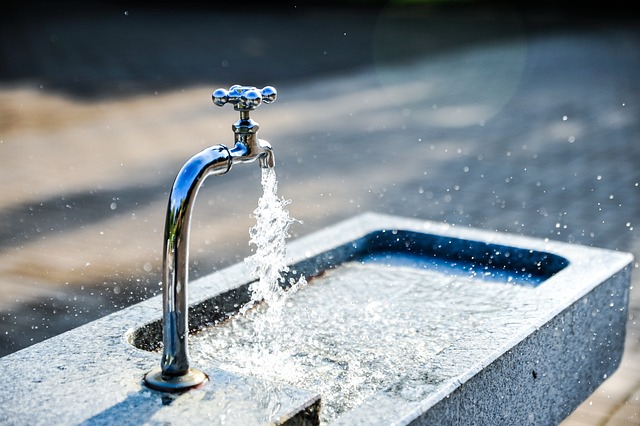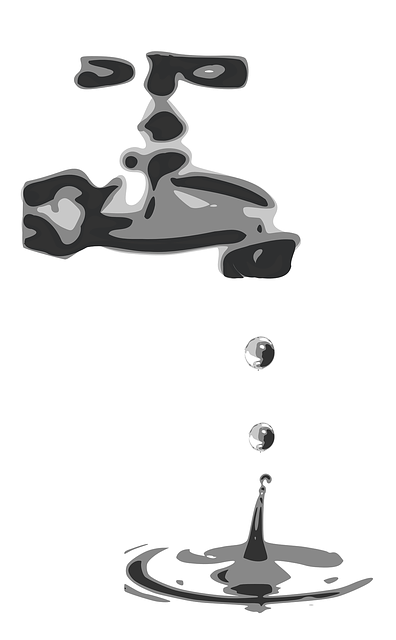This guide provides simple DIY solutions for fixing leaky faucets, addressing common issues like dripping spouts, base leaks, and handle seepage. By understanding leak types (e.g., continuous or intermittent) and inspecting for damage, particularly O-rings and washers, homeowners can efficiently diagnose and repair leaks, reducing water waste and utility bills. The text offers specific solutions tailored to different leak scenarios, emphasizing the importance of targeted repairs for effective DIY faucet fixes.
Tired of that persistent drip-drip-drip? Learn how to fix a leaky faucet in minutes with our easy DIY guide. This step-by-step tutorial walks you through assessing common causes, gathering the right tools and materials, and disassembling your faucet to replace worn-out parts. By following these simple steps, you’ll stop that annoying drip and save money on your water bills. Say goodbye to the constant sound of dripping water and hello to a leak-free kitchen!
- Assess the Leaky Faucet Problem
- – Identifying common causes of dripping faucets
- – Different types of faucet leaks and their unique solutions
Assess the Leaky Faucet Problem

A leaky faucet can be a persistent nuisance, wasting water and potentially leading to higher utility bills. The first step in fixing this problem is to carefully assess the leaky faucet. Start by observing the faucet’s behavior – is it leaking continuously or only when the tap is turned off? Understanding the nature of the leak will help guide your repair process. Inspect the faucet for any visible damage, such as loose parts or cracked components, which could indicate the source of the problem. Additionally, check the O-ring and washer, as these are common areas where leaks originate. By thoroughly evaluating the leaky faucet, you’ll gain valuable insights that will make it easier to implement effective solutions using DIY techniques.
– Identifying common causes of dripping faucets

Dripping faucets are a common household issue, often causing frustration and wasting precious water. Understanding the root cause is the first step in DIY faucet repair. The most typical culprits include worn-out or damaged O-rings or washer cartridges, which can be easily replaced. These parts, located within the faucet’s spout or handle, are responsible for sealing off water flow. Over time, they may degenerate due to mineral buildup, corrosion, or general wear and tear, leading to leaks. Another frequent issue is loose connections; check for any relaxed or damaged pipes beneath the sink, as these can cause a drippy faucet. Additionally, improper installation or faulty parts during initial setup can also result in leaky taps.
– Different types of faucet leaks and their unique solutions

Faucet leaks can manifest in various ways, each requiring a specific solution. The most common types include dripping from the spout, leaking at the base, or seeping around the handle. A dripping faucet usually indicates a worn-out washer or O-ring, which can be easily replaced. To fix this, turn off the water supply under the sink, remove the handle and faucet stem, then replace the washer or O-ring. For leaks at the base, the issue might be loose or damaged O-rings or gaskets. These parts are located beneath the faucet and can be tightened or replaced to stop the leak. Seeping around the handle often points to a faulty seal or packing nut; tightening these components should resolve the problem. In more severe cases, replacing the entire faucet may be necessary. Understanding the type of leak is crucial in choosing the right fix, ensuring an efficient DIY repair that saves time and money.
Fixing a dripping tap isn’t as daunting as it seems. By understanding common causes and the right solutions for different types of leaks, you can stop that pesky drip in just minutes. Armed with knowledge and a few simple tools, you’ll be well on your way to DIY faucet repair success. Say goodbye to wasted water and hello to a more efficient, cost-saving solution.
